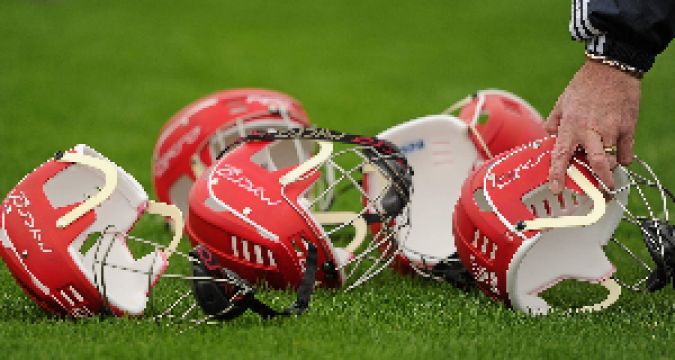Protective neck equipment when playing hurling and camogie is needed as related injuries can be potentially fatal, a new study shows.
Such injuries also known as laryngeal are uncommon but pose a serious risk to the voice and airway of athletes who sustain blunt neck trauma.
The study, Hurling and Camogie Related Blunt Laryngeal Trauma, published in this month’s Irish Medical Journal, found that protective equipment should be urgently considered by the governing sports body.
Symptoms after blunt trauma to the neck, highlight how they can be subtle and delayed in onset.
Sports physicians should be attentive to even minor anterior neck trauma and not be distracted by other more obvious facial and neck injuries and be carried out by experienced medical practitioners.
The study authors raise concerns over the fact that there is no restriction on the height to which the hurley may be raised, or to the projection of the ball, with speeds reaching up to 160 km/h and in air contests often leading to traumatic player-player collisions.
It is therefore, they say, “not surprising that, compared with other team sports, hurling has a very high injury rate of 102 hours per 1,000 hours of match play at the elite level, compared to 91, 12, 11 hours for rugby, lacrosse, and ice hockey respectively.”
It accounts for around 40 per cent of all sports related injuries seen in Irish hospitals.
The authors, based at University Hospital Waterford, say that the introduction of protective headgear resulted in an 80 per cent drop in hurling related ocular injuries seen in regional hospitals in Ireland and protective gear needs to be urgently considered for potentially fatal neck injuries.
A retrospective analysis was undertaken of all hurling or camogie related laryngeal injuries that presented to the Department of Otolaryngology at University Hospital Waterford between January 2005 to January 2020, using the Hospital In-Patient Enquiry (HIPE) system.
During this 15-year period, 21 patients presented with suspected laryngeal trauma due to hurling or camogie related injuries.
The most common presenting complaints were hoarseness 90 per cent (19 patients) and odynophagia 76 per cent (16 patients) with all patients describing either or both 62 per cent (13 patients).
Tenderness over the laryngeal was the most consistent clinical sign 100 per cent (21 patients). Three patients had a thyroid cartilage fracture of which one needed a tracheotomy.
The average length of stay for a patient with a thyroid cartilage fracture was six days with the mean age of the patients with such an injury being 27.
The study authors point out that, "the serious nature of laryngeal injury cannot be overlooked due to the possible progression of airway compromise and death.”
The authors highlight that the diagnosis of laryngeal trauma is “frequently missed by sports physicians, as many of the signs and symptoms will have a delayed onset.
“However, with a high index of suspicion and prompt management, preventing serious adverse outcomes can be achieved”.







